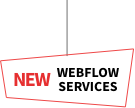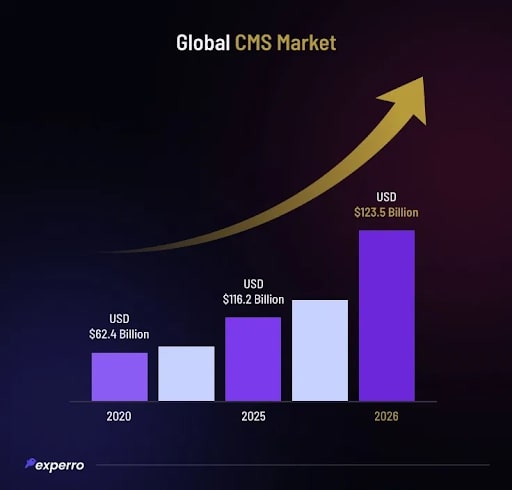A Headless CMS and a Traditional CMS are both systems for managing and delivering content, but they differ in how they handle content delivery and their overall architecture.
Traditional CMS
- Monolithic Structure: A Traditional CMS is a single system that manages both the content (backend) and its presentation (frontend). Well-known examples include WordPress, Joomla, and Drupal
- Tightly Coupled Backend and Frontend: In a Traditional CMS, the backend (where content is created and stored) and the frontend (how the content is presented) are tightly integrated. The system typically provides templates and themes that control the layout and style of the website
- Limited Flexibility for Multi-channel Delivery: A Traditional CMS is typically designed for delivering content to a specific front (like a website). If you want to use the same content for mobile apps, IoT devices, or other platforms, it can be more challenging or require custom development
- Out-of-the-box Features: These platforms often come with pre-built templates, themes, and plugins to make development easier. However, this can limit flexibility if you need custom solutions
Headless CMS
- Decoupled Architecture: A Headless CMS separates the backend (content management) from the frontend (content presentation). It doesn’t dictate how or where the content will be displayed, making it more flexible. Examples include Contentful, Strapi, and Sanity
- Content Delivery via APIs: In a Headless CMS, the content is delivered through APIs (usually RESTful or GraphQL) to any frontend or platform that can make API calls. This means you can easily use the same content across different channels, like websites, mobile apps, smart devices, etc
- Greater Flexibility: Since the front end is completely decoupled from the CMS, developers have complete freedom to use any framework or technology (React, Vue, Angular, etc.) to design the front end. This gives them much more control over the design and functionality
- Faster for Multi-platform: Content from a Headless CMS can be easily reused and repurposed across multiple platforms (websites, mobile apps, digital signage, etc.) without having to rewrite content or redesign the presentation layer
- Requires More Development Work: Unlike Traditional CMSs, a Headless CMS doesn’t offer templates or out-of-the-box themes. Developers must build the front end from scratch, which can be more time-consuming and complex
When to Use Which?
Traditional CMS: Great for websites where you want an all-in-one solution without the need for complex custom development. If you are building a blog, portfolio, or content-heavy website, a Traditional CMS is often more convenient and cost-effective.
Headless CMS: Perfect for businesses or projects that need to distribute content across multiple platforms or devices (e.g., websites, mobile apps, smartwatches, etc.) and want complete control over the front end. It’s ideal for larger enterprises or innovative digital experiences.
If you want more details on how a headless CMS might work for your project, feel free to ask!
-Nandhini
Content Marketing Team


